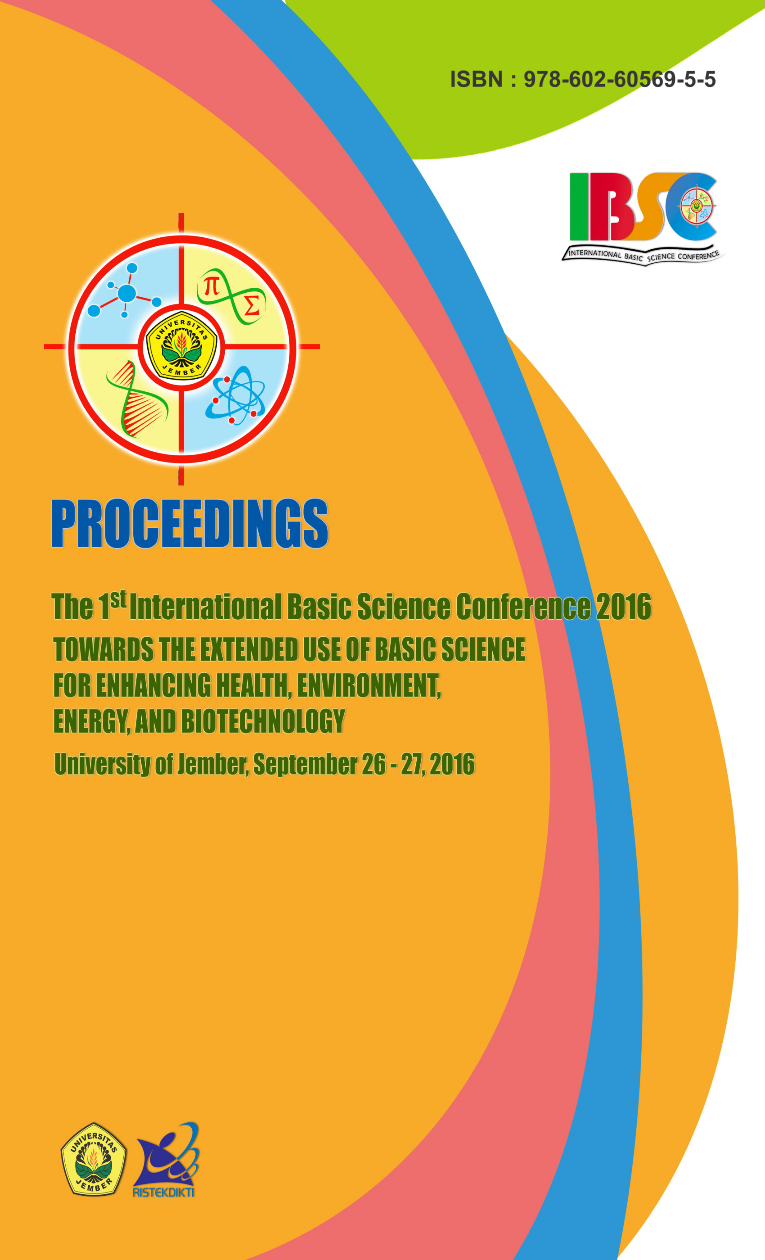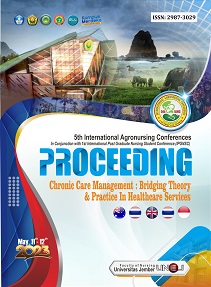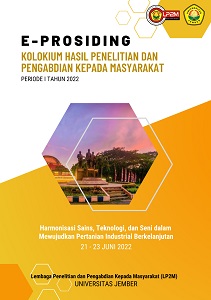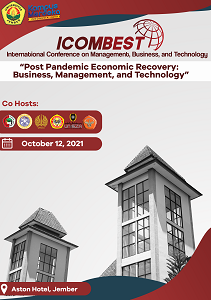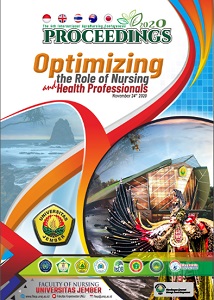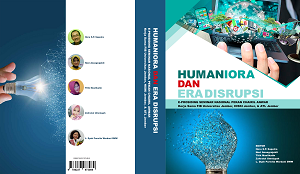Preliminary Study Gold Mineralization Hosted By Metamorphic Rocks In The Southeastern Arm Of Sulawesi, Indonesia
Abstract
This paper is intended to describe an preliminary study of geological setting and gold mineralization hosted by metamorphic rocks in the southeastern arm of Sulawesi. The stratigraphy consists of three constituent rocks are continental terrain composed of metamorphic rocks, ophiolite complex are dominated by mafic and ultramafic rocks and Sulawesi Molasse composed of clastic sediments and carbonate. The origin of gold mineralization at Mendoke and Rumbia mountains only preliminary studies. A field study indicates that the Langkowala placer/paleoplacer gold is possibly related to gold-bearing quartz veins hosted by metamorphic rocks particularly mica schist, phyllite and metasediments in the area. These quartz veins are currently recognized in metamorphic rocks at Wumbubangka Mountains, a northern flank of Rumbia Mountain Range. At least, there are three generations of the quartz veins. The first generation of quartz vein is parallel to foliation of mica schist, phyllites and metasediments in up to 10 m wide zones. The second quartz vein generation crosscut the first quartz vein and the foliation of the wallrock. The third is of laminated deformed quartz-calcite veins at the late stage. The first veins are mostly massive to crystalline, occasionally brecciated and sigmoidal, whereas the second veins are narrower than the first and relatively brecciated. Gold grades in the second and third veins are relatively higher than that in first veins. The similar quartz veins types are also probably present in Mendoke mountain range, in the northern side of Langkowala area. The wallrock are generally weakly altered. Alteration types include argillic, silification, carbonate and carbonization alteration. This primary gold deposit is called as orogenic gold type and product of hydrothermal activity. The orogenic gold deposit is one of the new target of gold exploration are being developed in Indonesia.

